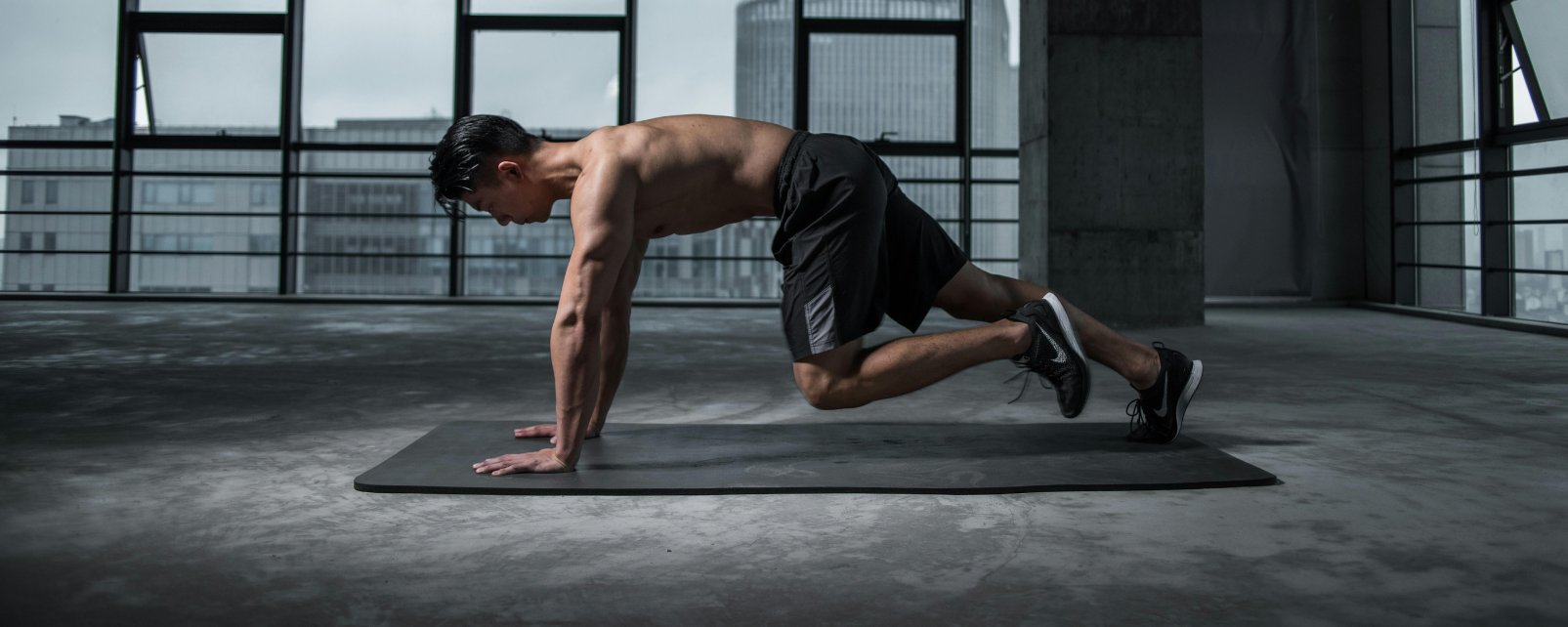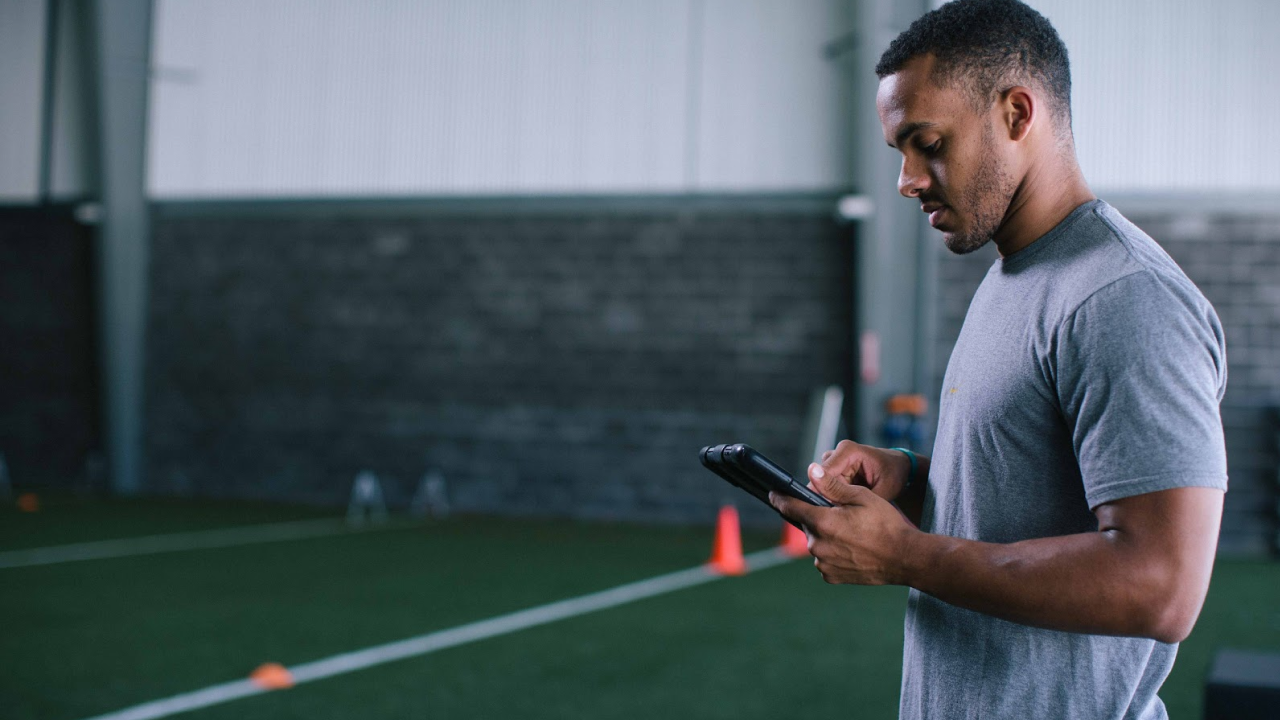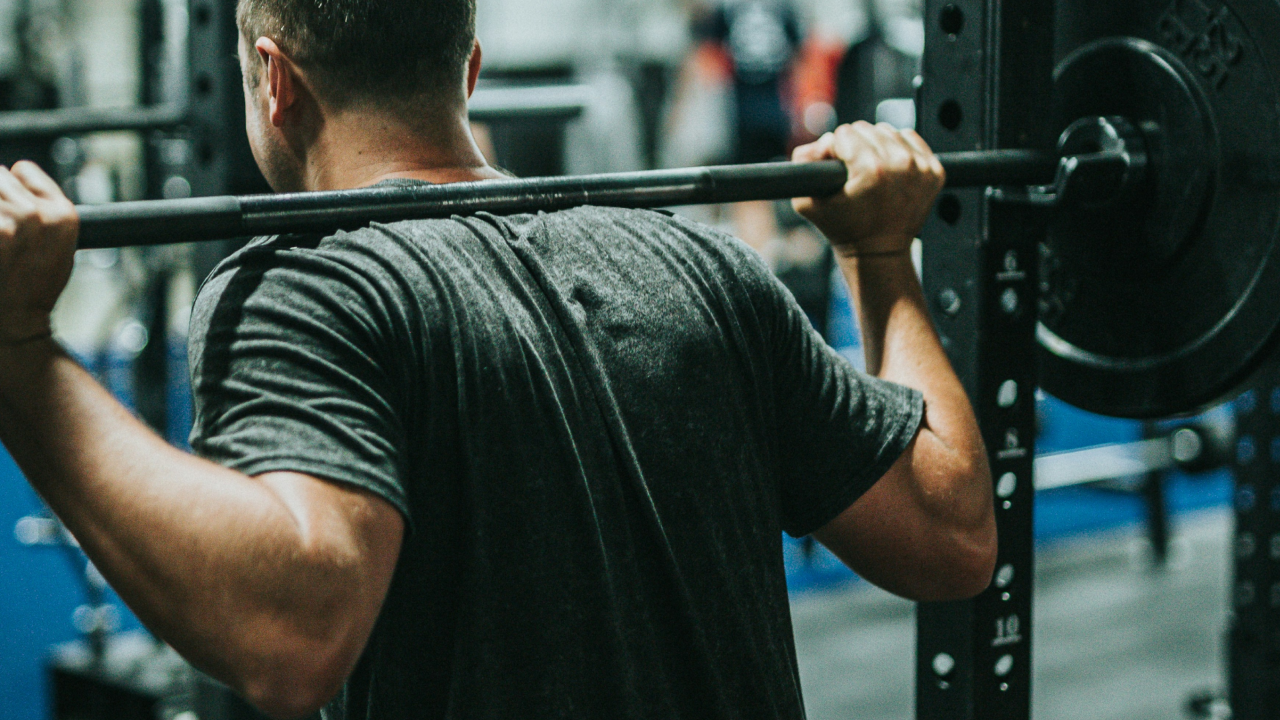How to Leverage Online Training Tools
Online Training Tools
Online training can be very effective and beneficial to your team when implemented correctly. If you decide to take on technology to assist in workflow, make sure it's doing the job you ask of it. Think of this technology as another assistant, implementing progress reports and evaluations of the actual tool is just as important as doing so with an athlete. So here are some tips for leveraging tech:
- Make sure the programming is both easy to access and use.
- If the athlete can't understand how to use the software, chances are they won't use it.
- Once they do access your training, try to keep it simple.
- Mitigate the Middleman (when possible)
- You want communication with your athletes to be as quick and fluid as possible.
- Avoid using places where the athlete will need to search for more information about the workout they're doing. Like searching for videos or photos in a third- party location. Your software should already have these videos cued up and ready!
- Effectively Communicate
- With technology, comes the expectation of instant communication. Your athletes want to be able to quickly communicate with you, so allowing this communication will improve your relationship and connection.
- Match communication with training age: For younger or newer athletes - use direct, explicit language and expect to communicate more.The way you explain workouts or talk about recovery will be more simplistic. However, for a more seasoned athlete, communication may be less frequent, but the communication that is occurring is at a higher level.
For more tips, check out this great article from Strength of Science.
Don't worry, we didn't forget about a key tool with online training...
Data tracking!
Using online training programs allow you to instantly track all work done before, during and after a session. It can all be done electronically and presented to you.
But as we mentioned before, it can be easy to get carried away when it comes to data tracking. Just because you can look at all the data, doesn't mean you need to or should look at it all.
Remember, this is a tool to help save you time, and a little sanity. A great way to keep your data tracking in check is to have your athletes send videos or pictures of their workouts.
Check out how big data and technology in sports is changing how professional organizations, like the NBA, are using it to better understand and mitigate injury.
Now that we have already talked up why it is beneficial for your team to use software in the gym and all the ways it makes your team and staff more efficient, let’s talk about how to do it. If creating new programs seems daunting because starting from scratch seems like more work than it's worth, we have a solution.
Bridge partnered with Exos, to bring you a robust exercise library equipped with videos and cues that support all training ages. Here is an example of how you would use an Exos program and integrate it into your teams plan. Exos Template Program on Bridge.
Take a deep dive into how to use Bridge's template programs by trying a free demo.
If using someone else's programing isn’t your style, then build away on your own. Well, as on your own as you want. The performance team at Bridge is here at all steps along the way to help create programs with you or to walk you through building out your own workout library.
Still have some questions? We're just an email away.
The great part about using online training?
You only have to put in a couple hour here and there, it's not an every night type of thing anymore. So go have that beer with your buddy you have been putting off, you deserve it.
But when you do need to make updates or changes, you can edit on the fly. You have all your programming created electronically and stored so adjustments to workouts can be done with ease. No need to flip through excel sheets to find what was done a few week backs.
This can be especially handy come holiday season when you and your athletes are miles a part - everyone can still be grinding as if they never left the training center. Or, if an athlete gets injured and needs to take a break from certain exercises - it is no longer extra stress or work added to your day to make adjustments for individual athletes.
About the Author

At Bridge, we are all athletes and coaches first. As athletes, our team has experienced everything from riding the pine on JV, to winning NCAA championships, to competing in the Olympic Games. As coaches, we have helped countless athletes reach their full potential, winning everything from age group section championships to Olympic Gold Medals.
Related Posts

Six Benefits of Exercise on Mental...
Exercise is not only vital for physical health but also plays a transformative role in mental...

4 Easy Steps to Launch and Sell a...
The holiday season offers a unique opportunity for personal trainers to reach more clients and...

4 Proven Offers to Attract Clients and...
Standing out in the competitive world of personal training and fitness coaching requires more than...



